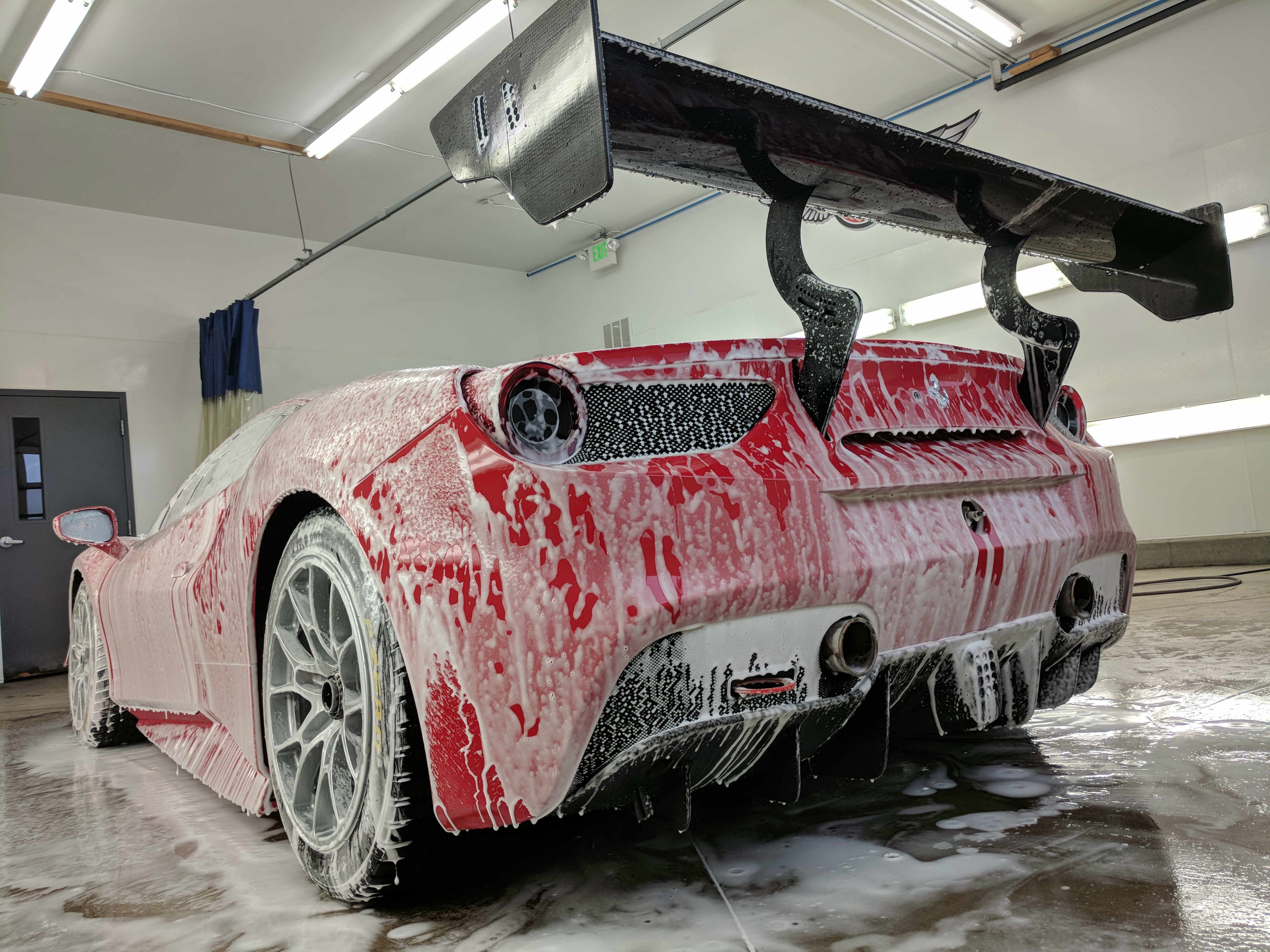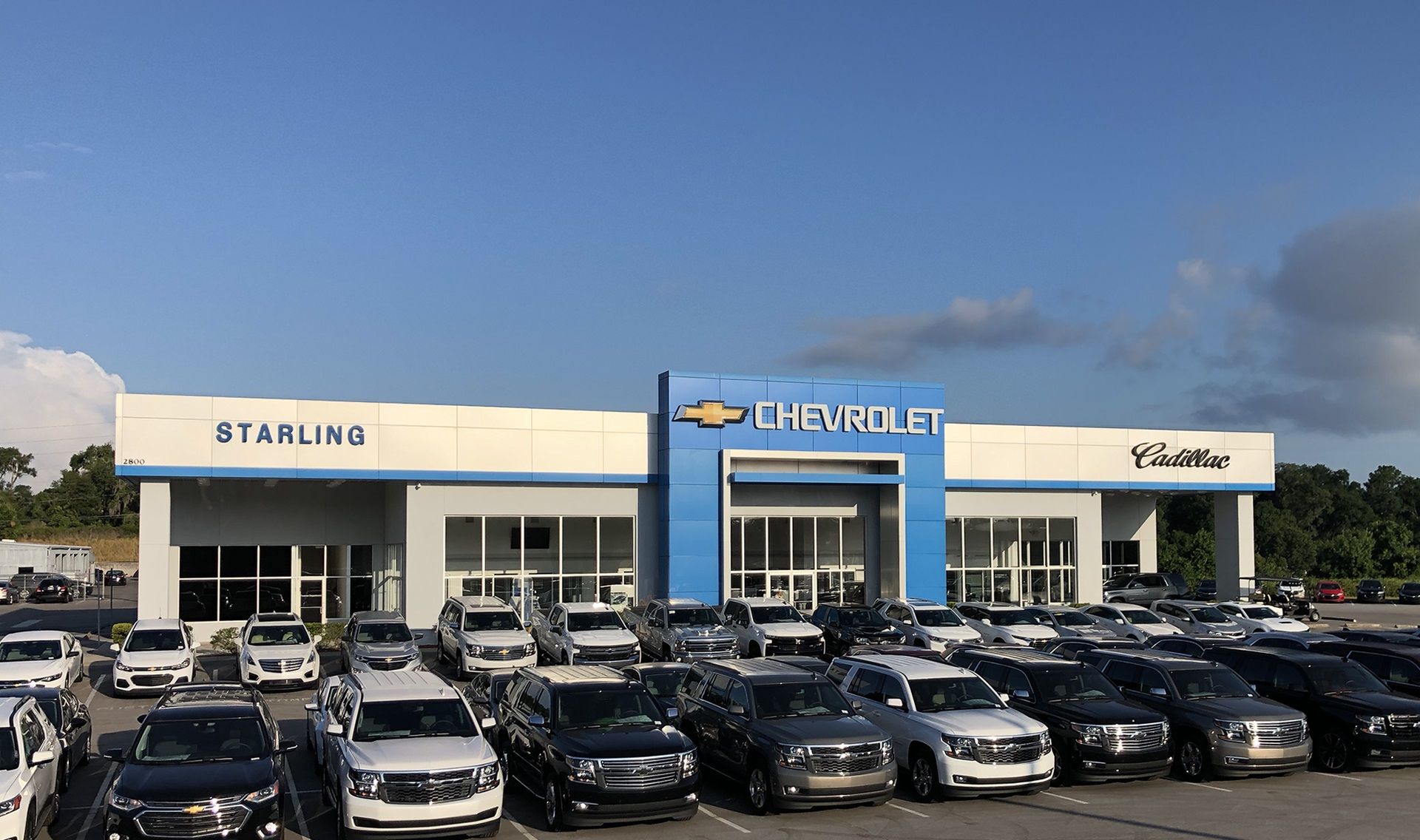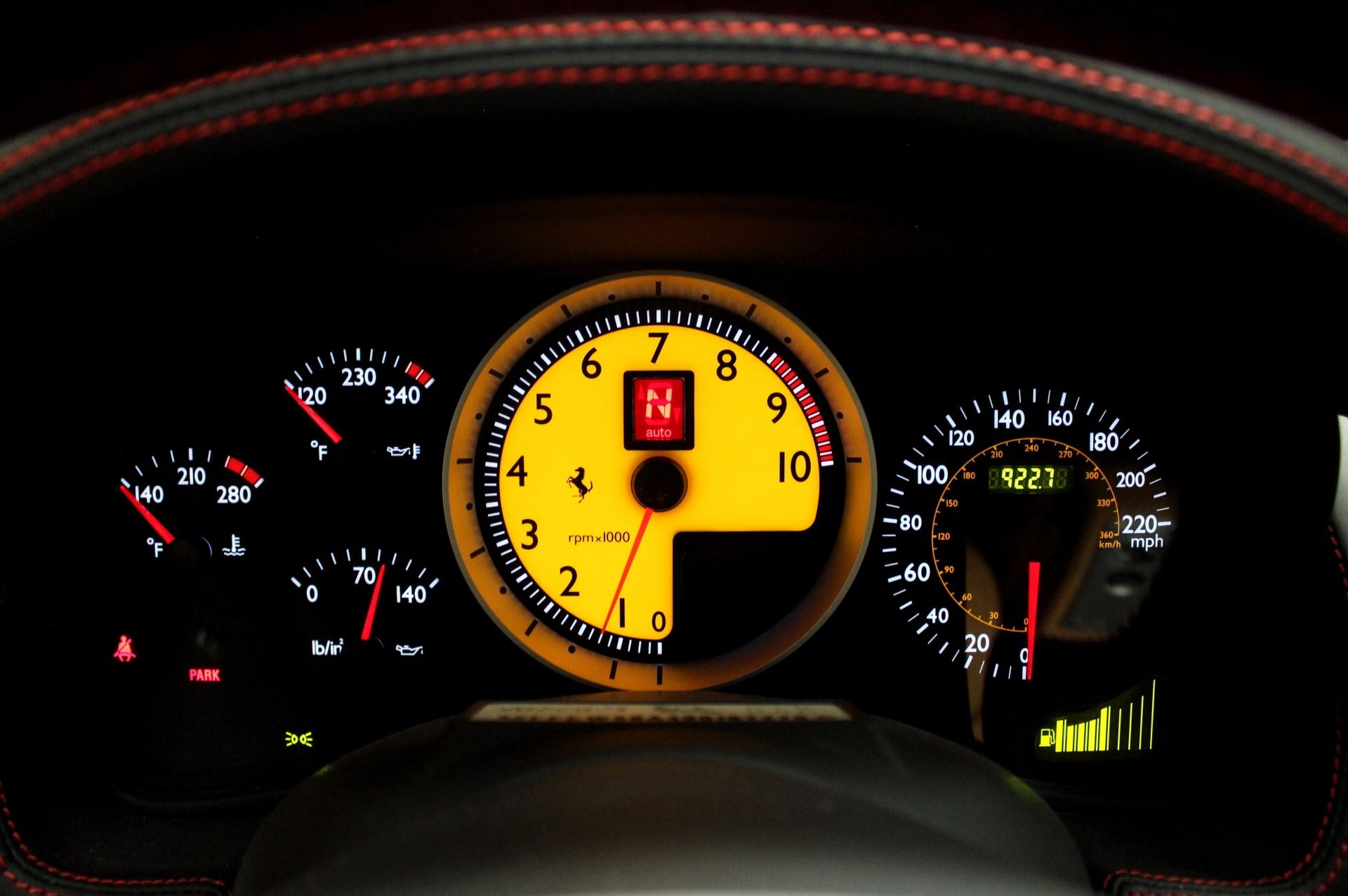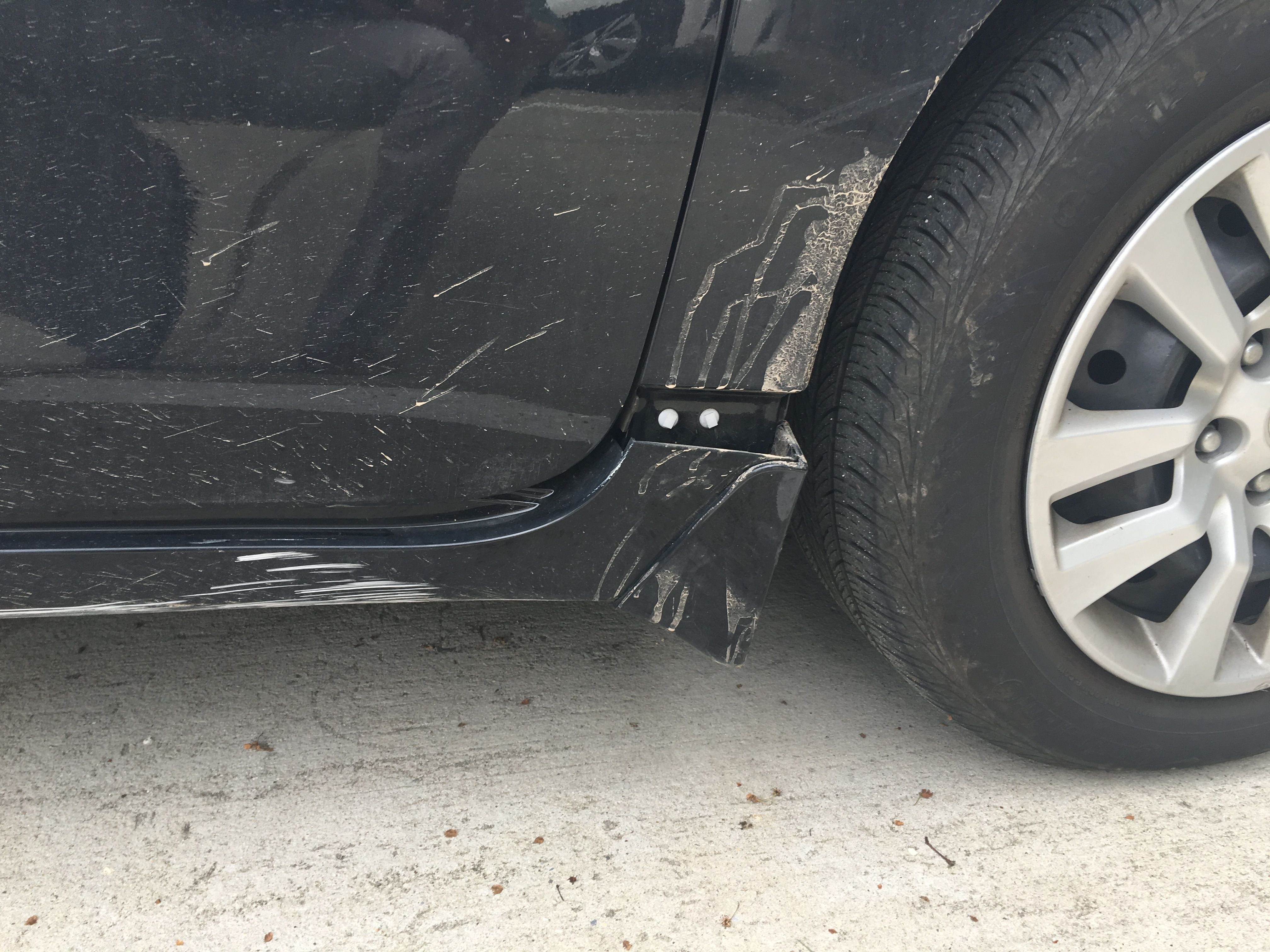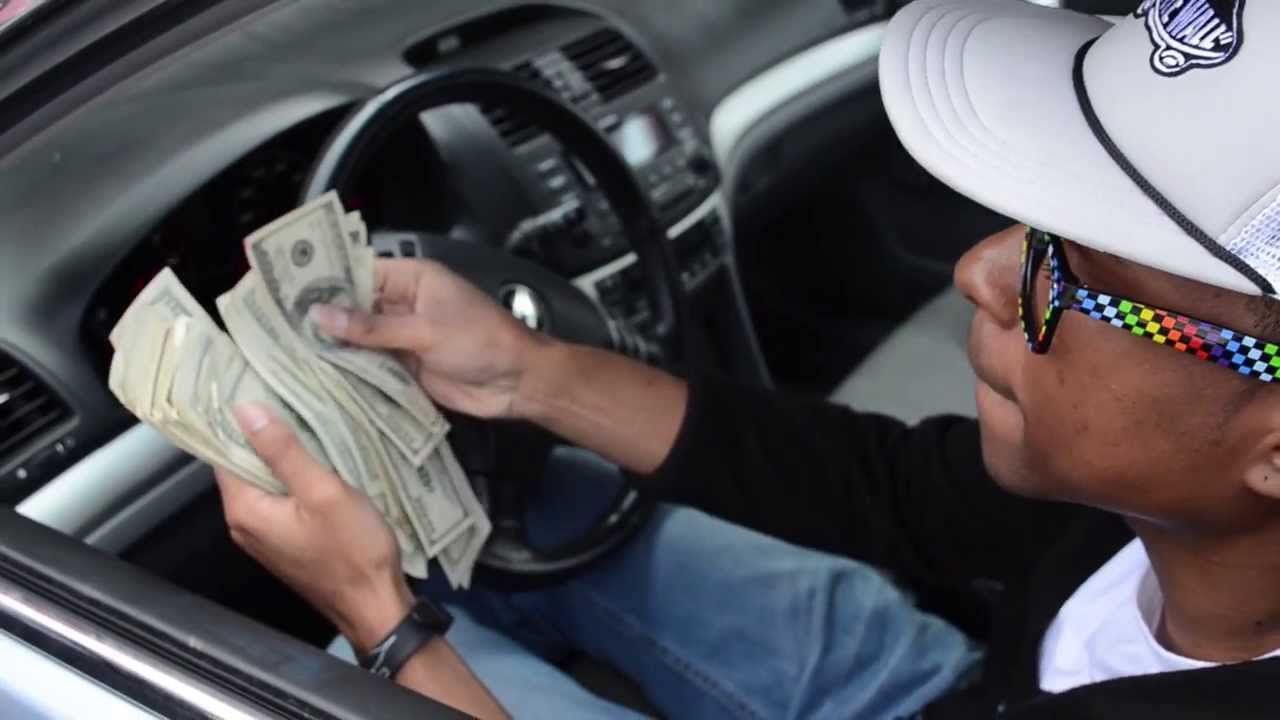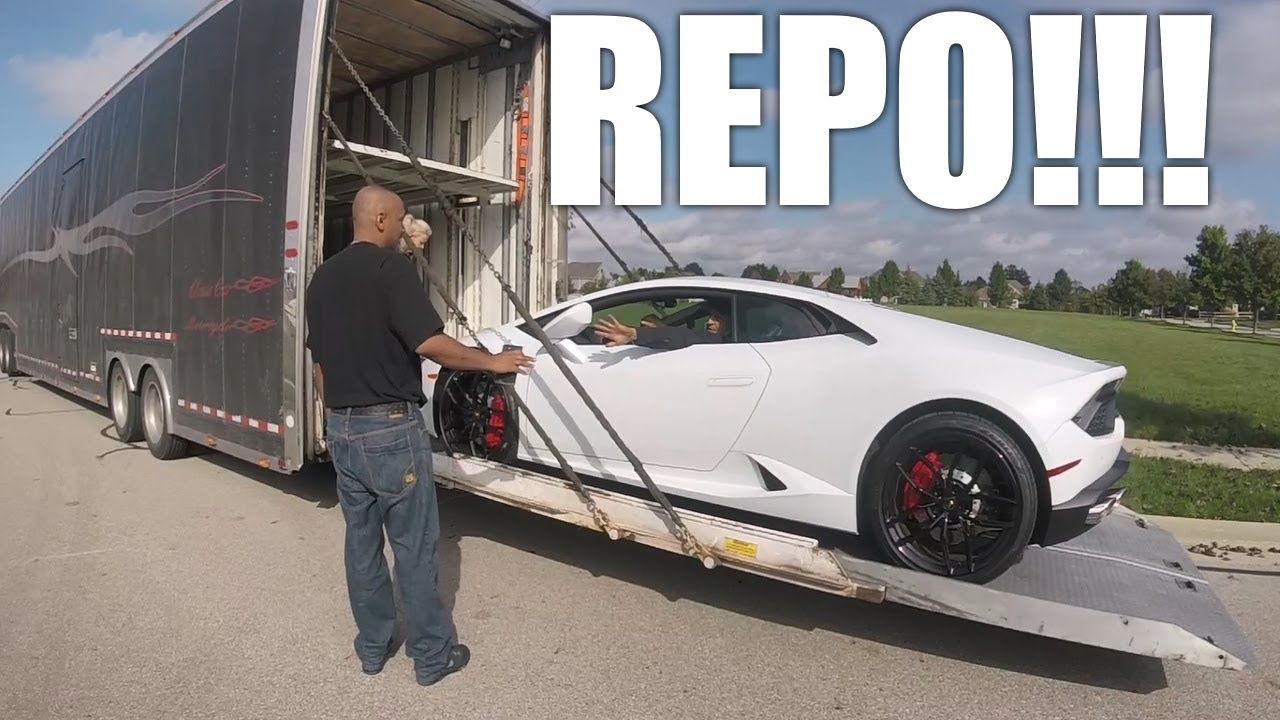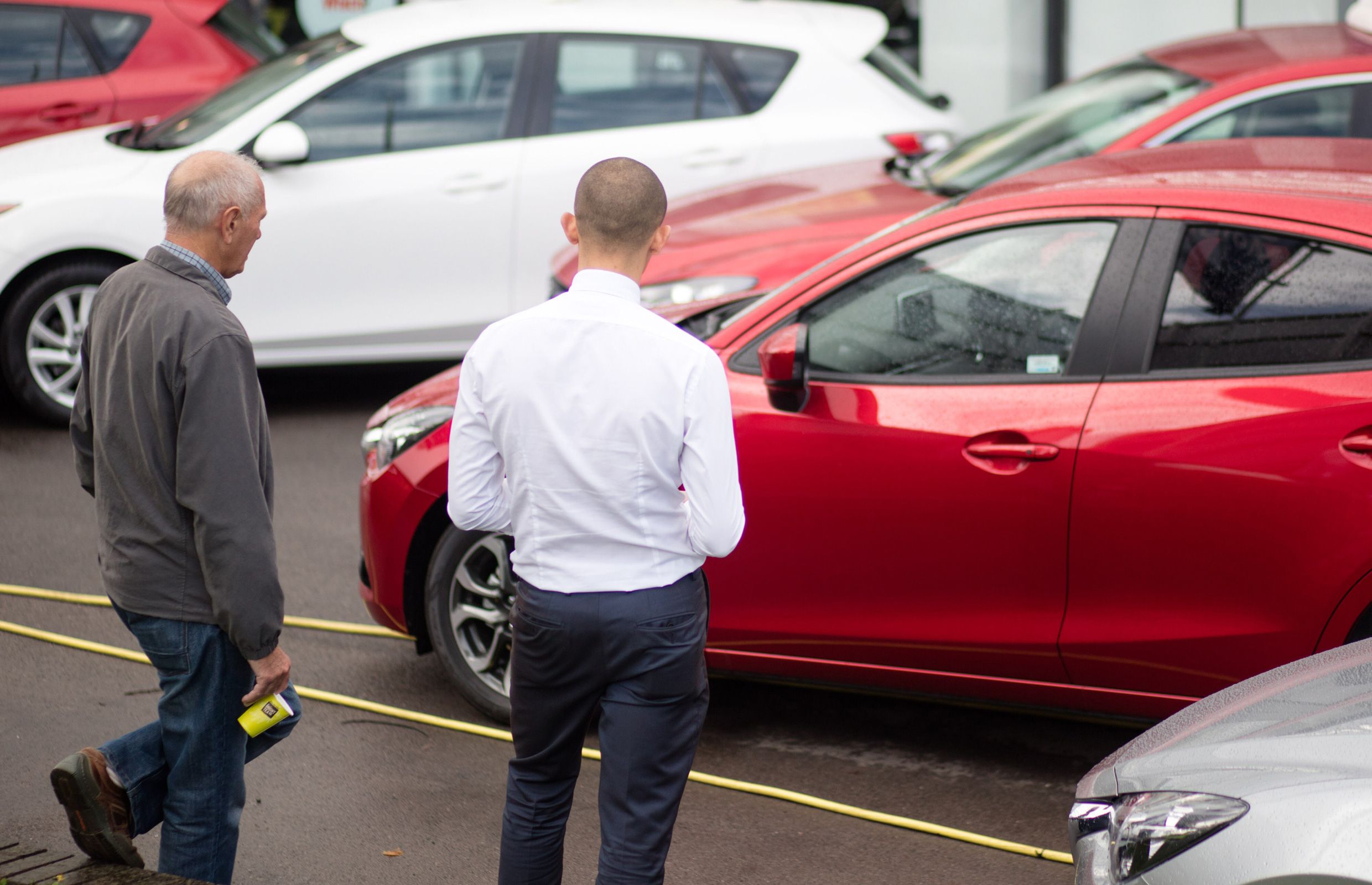When a buyer first signs up for a vehicle lease agreement, they are agreeing to make regular payments that will be followed by planned schedule maintenance keeping the vehicle for a set duration of time. After the set term, it’s time for the lease to come to an end.
One of the benefits of getting into this kind of contract is it offers flexibility at the end of the term. The lessee has an option to buy out the current lease or get another vehicle, from the same brand—an opportunity to try out something new. Ending a lease process can be confusing and potentially expensive. Here are a few tips on how to return a car at the end of a lease.
10 The Lease Inspection
As you already know, most lease companies will charge any damage they consider to be more than the typical wear and tear. They do this to maximize for the next sale so that they spend the least amount when it comes to reconditioning.
So, what amounts to damage, and who gets to define it? A lease return typically begins 90 days before the end of the contract. It is during this time that the leaseholder can set up an appointment for an inspection. Damage that costs more than the amount set for refurbish is excessive wear and tear. A lease inspection is free for a leesse and usually conducted by an independent company hired by the manufacturer.
9 Preparing for a Lease Inspection
Most vehicle manufacturers will provide detailed information on their websites about the end of the lease process. They will also stipulate what amounts to “excessive wear” or “wear and use.” Before going for inspection, it’s important to wash the vehicles and remove any personal effects.
While you don’t have to spend a fortune cleaning the car, a good detailing job is a great idea and gives a good impression when you present the vehicle to an inspector. Having your vehicle inspected early has benefits; if the charges after the inspection seem reasonable, don’t set up a second chance inspection, pay, and save your time.
8 Picking a Dealership for the Return
Ideally, you should be able to return your leased car to any dealership with the same brand; however, sometimes, some dealers will be hesitant to take in a vehicle that's not in their inventory or they had not planned on inspecting.
For an easier time, return the vehicle to the same dealership where it was picked up. However, if you changed addresses or the dealership you picked your vehicle is closed, you’ll have to pick out another dealership for the return. Contact the Used-car manager and set up a lease return. If for any reason, you feel your lease won’t be welcome, move to a friendlier dealership.
7 Mileage Overage
A lease comes with a set mileage allowance for each year. For instance, a three-year lease will have a 12,000/year mileage allowance, and getting it back with more than 36,000 miles on it will amount to overage charges.
To find out if you are over your mileage allowance the lease owner can divide the current mileage reading to the number of months they have had the vehicle and then multiply the result by the number of months stated on the lease to get an estimate of how many miles they will have at the end of the lease.
6 Excess Wear
A leased vehicle needs to be returned in good condition to avoid extra charges. If you feel your vehicle might be overly damaged, consider having a professional repair any scratches or dents. Also, if the tires have less than 1/8-inch tread, they also need to be replaced to avoid tire charge penalties.
In case the leaseholder purchased a Safe Lease during the leasing process, it’ll protect the vehicle up to $5,000 of the cost of wear and tear, including dents, worn tires, wheel damage, and scratches. With the Safe Lease, the lessee doesn’t need to get damages repaired below the $5,000 limit.
5 Lateness Charge
Every leased vehicle needs to be returned by the date of lease termination, as specified by the car lease contract. Ideally, the leased automobile can be returned to any dealer of the same brand of vehicle. Depending on the bank, a small grace period may be offered, after which the fees will begin to accrue.
It's important to have the vehicle prepared for inspection, inspected, and returned in time before the set date. Last-minute rushes often end up in more charges and delayed returns, which ultimately negatively affect your end of lease return charges.
4 Disposition Fees
The disposition fee is a set amount that is normally due when the vehicle in question is returned. This fee is typically between $200 and $500. The exact amount of the disposition fee will be specified in the lease contract. If the leaseholder gets another vehicle with the same dealer, the dealer might waive the disposition fee.
However, this will vary from one dealership to the other. The lessee needs to determine the exact amount of the disposition fee during the lease agreement process to avoid last-minute surprises during the end of the lease process.
3 Your Next Lease Vehicle
Taking another lease with the same dealer will not clear your termination or charges accrued; however, it can help minimize them. Depending on the dealership, they will waive or reduce them. It's important to be careful using this method since there are often hidden charges.
For instance, if it costs $1500 to terminate a lease on a current vehicle after reductions and penalties, chances are, the dealer will roll over the same amount to the loan balance on the new vehicle. Meaning a lessee could end up paying $21,500 on a $20,000 car using 100 Percent financing. Ultimately, the vehicle owner will owe more for a new car than its actual price.
2 Defaulting on the lease
Due to unavoidable circumstances, a lessee might default on the lease. Defaulting on the lease will normally get a leaseholder out of the obligatory monthly payments, but on the downside, it will create problems in the foreseeable future.
For instance, when an individual defaults on a lease, it will take a big hit on their credit score, and will eventually have their vehicle repoed. A lease default is equivalent to an auto loan default. Defaulting on a lease agreement is not advisable.
1 Options Ending your lease Early
There are three options for ending your lease early. The traditional method, often expensive, is to return the vehicle to the dealership and pay all the penalties. Depending on the dealership and contract, a lessee may be required to pay all outstanding payments and on top of it, any extra charges.
The other option is trading in the vehicle for another. This option will get some fees waived, and others rolled over, making the overall price of the vehicle higher than the actual price. The last option its to get someone to take over your lease. You can find a workmate, friend or family member to assume the balance of the lease payment. A lessee could also contact businesses that specialize in looking for clients selling their leases.



